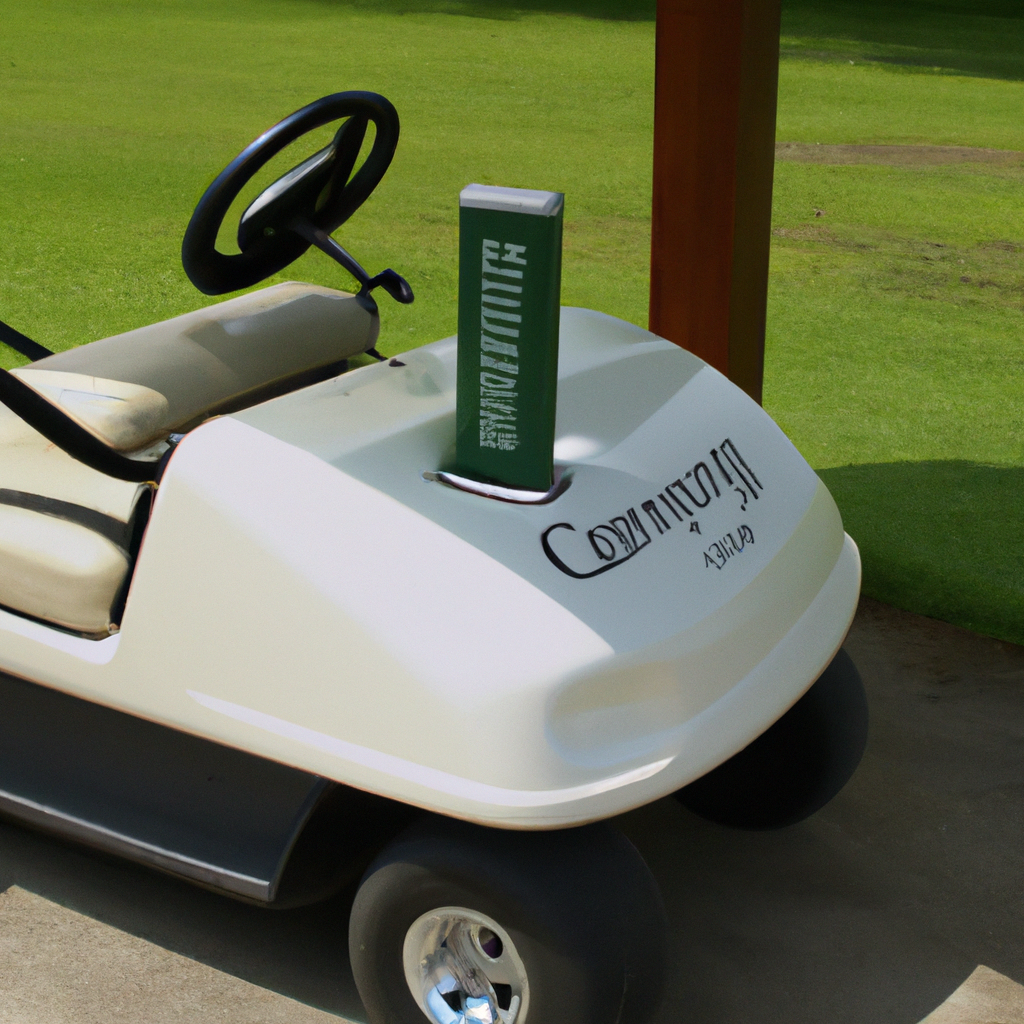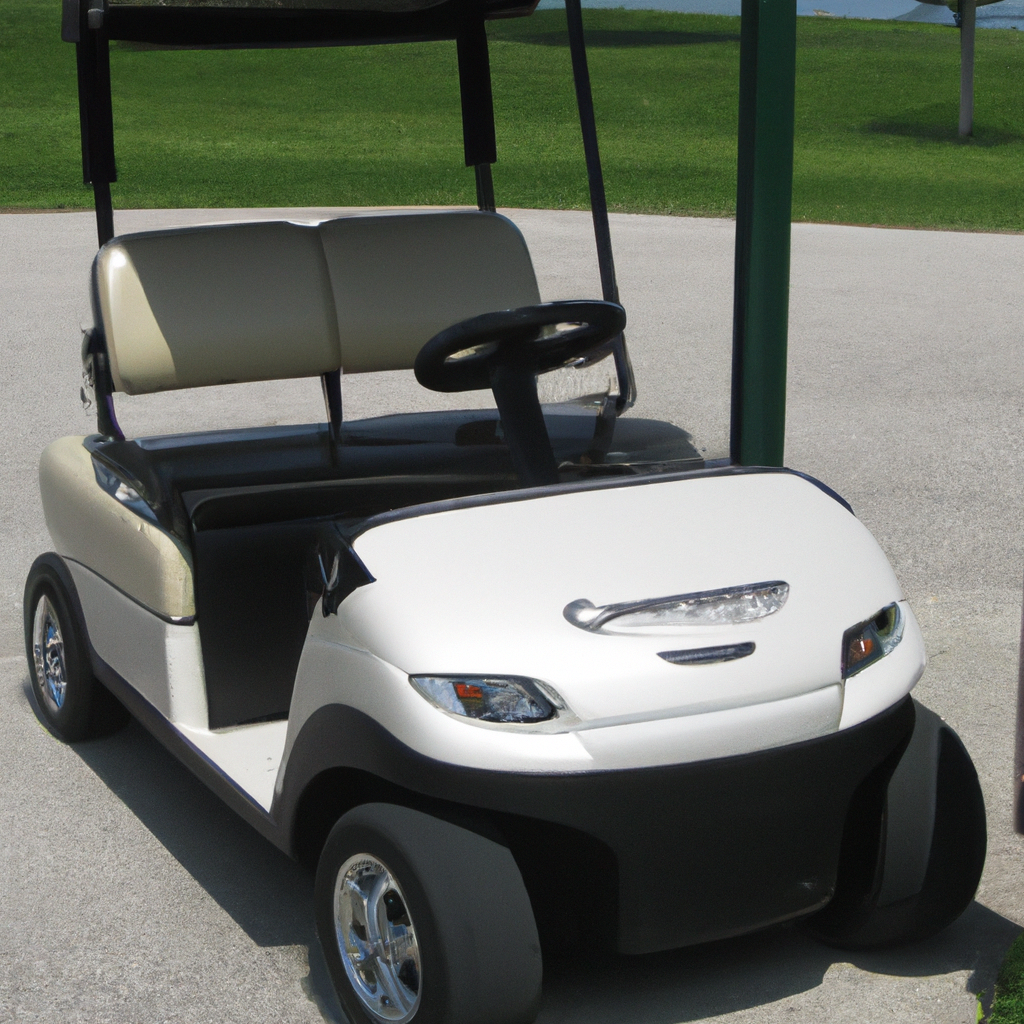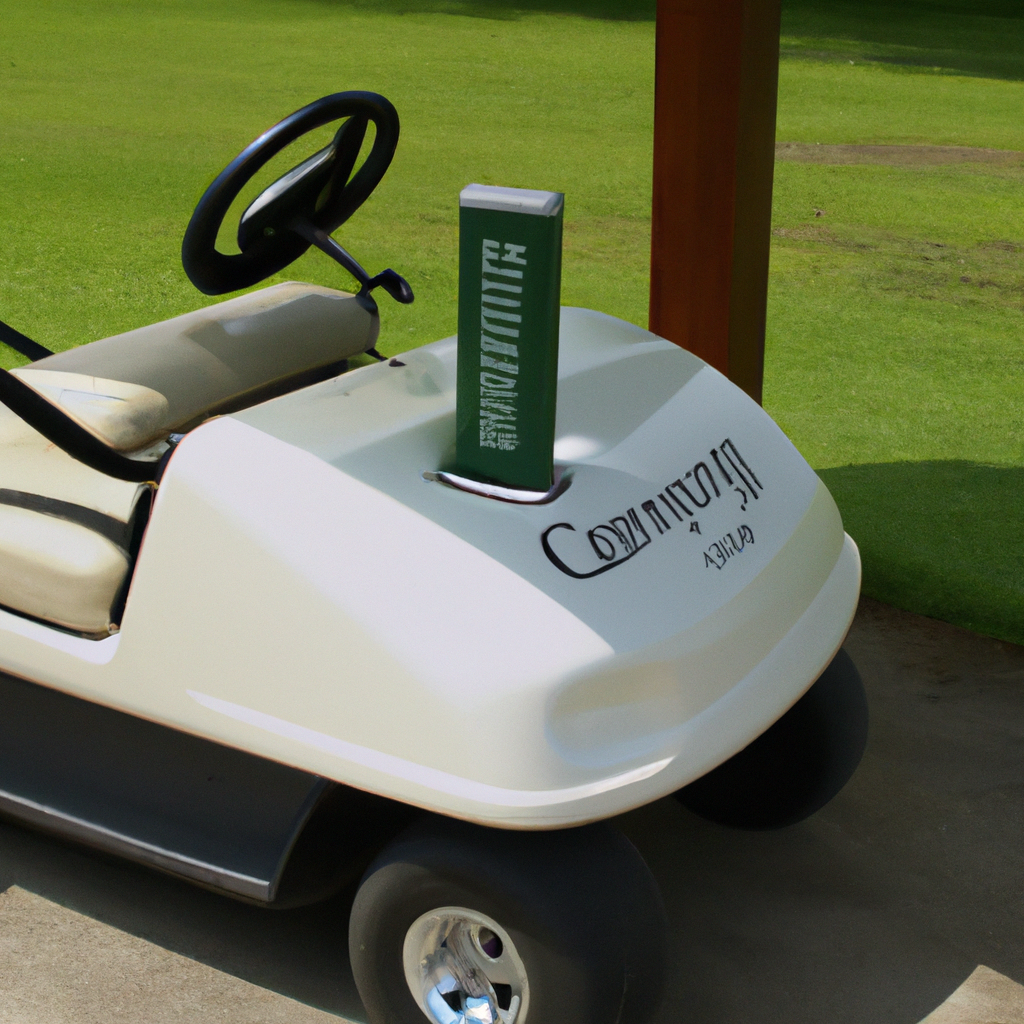We may earn money or products from the companies that may be mentioned in this post.
Imagine you’re out on the golf course, enjoying a day of leisurely rounds with friends. Suddenly, your trusty golf cart starts to slow down, its battery drained. You’re faced with the dilemma of waiting for it to charge, but how long will that take? In this article, we will delve into the world of golf cart charging time, exploring the factors that affect it, and providing you with the knowledge you need to make informed decisions about getting back on the green. So, let’s take a closer look at understanding the charging time for golf carts.

Factors Affecting Charging Time
When it comes to charging your golf cart, several factors can affect the charging time. Understanding these factors can help you plan your charging routine more effectively and optimize the charging process for your cart. The key factors that influence the charging time include the battery type, battery capacity, state of charge, and charger type. Let’s dive deeper into each of these factors to gain a better understanding.
Battery Type
The type of battery used in your golf cart can significantly impact the charging time. There are primarily two types of batteries commonly used in golf carts: lead-acid batteries and lithium-ion batteries.
Lead-Acid Batteries
Lead-acid batteries have been the industry standard for golf carts for many years. These batteries are known for their durability and affordability. However, they tend to have longer charging times compared to other battery types. Charging a lead-acid battery typically takes anywhere from 8 to 12 hours.
Lithium-Ion Batteries
On the other hand, lithium-ion batteries are gaining popularity in the golf cart industry due to their fast-charging capabilities. These batteries offer a significant reduction in charging time compared to lead-acid batteries. With the right charger, you can charge a lithium-ion battery in as little as 2 to 4 hours.
Battery Capacity
The capacity of your golf cart battery also plays a crucial role in determining the charging time. Battery capacity is typically measured in voltage and amp-hour (Ah) rating.
Voltage
The voltage of the battery indicates its power capacity. Golf carts usually operate on a 36-volt or 48-volt system. Higher voltage batteries tend to charge faster due to their increased power output.
Amp-Hour (Ah) Rating
The amp-hour rating of a battery indicates how much charge it can hold. A higher Ah rating means a larger capacity battery, which may require additional time to fully charge.

State of Charge
The state of charge refers to the amount of charge remaining in your golf cart battery. Two factors affecting the state of charge are the initial charge and the depth of discharge.
Initial Charge
When you initially install a new battery or fully charge a discharged battery, it usually takes longer to complete the charging process. This is because the battery needs to reach its maximum capacity, which can take several hours.
Depth of Discharge
The more deeply discharged your battery is, the longer it will take to recharge. If you frequently run your golf cart until the battery is almost fully depleted, it may take longer to charge back to its full capacity.
Charger Type
The type of charger you use for your golf cart also affects the charging time. There are two main types of chargers: onboard chargers and portable chargers.
Onboard Chargers
Onboard chargers are built into the golf cart and are typically designed to match the battery’s specifications. These chargers are convenient as they are always present and ready to use. However, they may have limitations in terms of charging speed compared to portable chargers.
Portable Chargers
Portable chargers, also known as external or aftermarket chargers, can be connected to your golf cart when needed. These chargers provide more flexibility in terms of charging speed and can often charge the batteries faster than onboard chargers.
Charging Methods
Golf carts can be charged using two main methods: standard charging and fast charging. Each method has its own set of considerations and implications on the charging time.
Standard Charging
Standard charging is the conventional method used for charging golf cart batteries. It involves connecting the charger to the battery and allowing it to charge gradually over a specified period. The charging time for standard charging depends on various factors, including battery type, capacity, and charger specifications.
Fast Charging
Fast charging, as the name suggests, allows for a quicker recharge of your golf cart battery. This method utilizes specialized chargers that deliver a higher current to the battery, allowing it to charge at a faster rate. While fast charging can significantly reduce the charging time, it may have an impact on the long-term health and lifespan of the battery.
Standard Charging
Standard charging is the most commonly used method for charging golf cart batteries. It offers a safe and reliable way to charge your battery without putting excessive stress on its components. The following considerations are important when using standard charging:
Charging Time
The charging time for standard charging can vary depending on the battery type, capacity, and charger specifications. On average, standard charging can take anywhere from 8 to 12 hours for lead-acid batteries, while lithium-ion batteries may require 2 to 4 hours.
Charger Specifications
Using the right charger with the correct voltage and charging capacity is essential for standard charging. Consult your golf cart’s manufacturer guidelines to ensure you are using a charger compatible with your battery’s specifications.
Maintenance and Safety Considerations
During standard charging, it is important to monitor the charging process and ensure proper ventilation. Regular maintenance of the battery, including checking for any signs of damage or corrosion, is crucial for optimal performance and safety.
Fast Charging
If you are looking to reduce your charging time significantly, fast charging may be an option worth considering. However, it is important to understand the implications before using this method.
Charging Time
Fast charging can complete the charging process in a fraction of the time required for standard charging. With the right equipment and charger, you can charge your lead-acid battery in 4 to 6 hours, while lithium-ion batteries may reach full charge in just 1 to 2 hours.
Charger Specifications
Fast charging requires specialized chargers capable of delivering higher current levels. Using a charger with the wrong specifications can damage the battery or pose safety risks. Make sure to use a fast charger recommended by your golf cart manufacturer.
Impact on Battery Life
Although fast charging offers shorter charging times, it may have an impact on the overall lifespan and health of the battery. Fast charging generates more heat and can cause accelerated wear on the battery’s components. It is important to weigh the benefits of reduced charging time against the potential long-term effects on your battery.
Tips to Reduce Charging Time
If you are looking for ways to further reduce your golf cart charging time, consider the following tips:
Optimizing Battery Usage
Efficiently using your golf cart’s battery can help extend its charge and reduce the frequency of charging. Avoiding unnecessary stops and optimizing your driving habits can help maximize your battery’s capacity, resulting in longer durations between charges.
Using Higher Capacity Chargers
Using a charger with a higher charging capacity can significantly reduce the charging time. However, it is important to ensure that the charger is compatible with your battery’s specifications and won’t cause any damage.
Avoiding Overcharging
Overcharging your golf cart battery can lead to decreased performance and increased wear. Avoid leaving your battery on charge for extended periods once it reaches full capacity. Disconnecting the charger once the battery is charged will help maintain its health and prolong its lifespan.
Conclusion
Understanding the factors affecting the charging time of your golf cart battery is crucial for efficient and effective charging. Factors such as battery type, capacity, state of charge, and charger type all play a role in determining the duration of the charging process. By considering these factors and following the tips provided, you can optimize your charging routine, reduce charging time, and ensure optimal performance from your golf cart battery.
